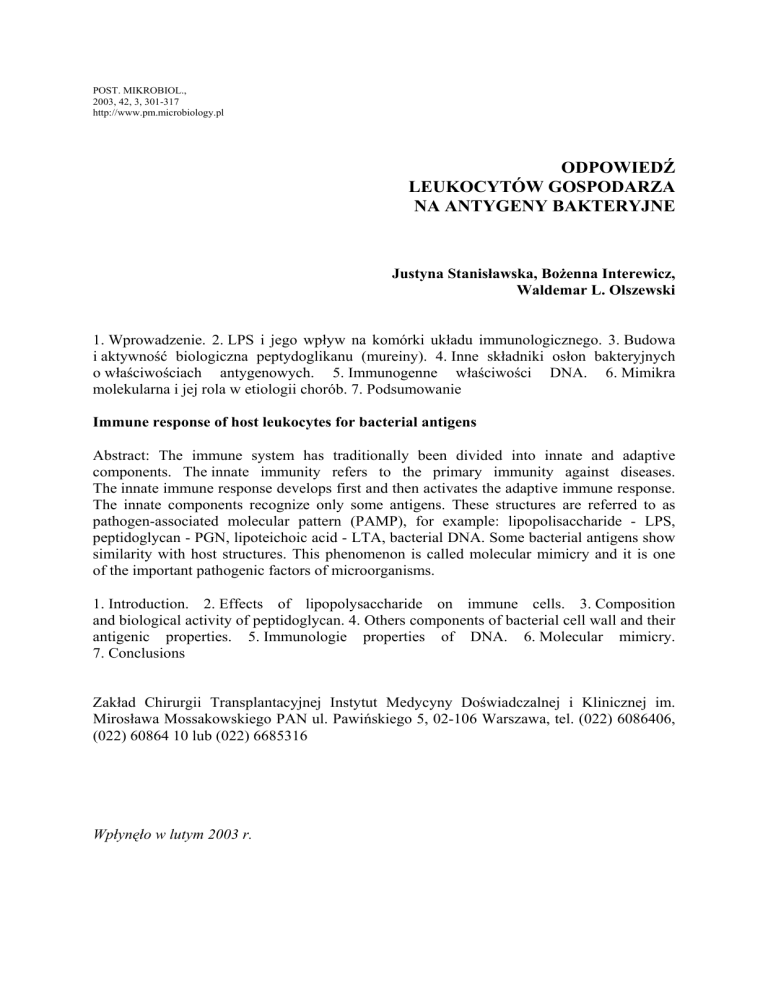
POST. MIKROBIOL.,
2003, 42, 3, 301-317
http://www.pm.microbiology.pl
ODPOWIEDŹ
LEUKOCYTÓW GOSPODARZA
NA ANTYGENY BAKTERYJNE
Justyna Stanisławska, Bożenna Interewicz,
Waldemar L. Olszewski
1. Wprowadzenie. 2. LPS i jego wpływ na komórki układu immunologicznego. 3. Budowa
i aktywność biologiczna peptydoglikanu (mureiny). 4. Inne składniki osłon bakteryjnych
o właściwościach antygenowych. 5. Immunogenne właściwości DNA. 6. Mimikra
molekularna i jej rola w etiologii chorób. 7. Podsumowanie
Immune response of host leukocytes for bacterial antigens
Abstract: The immune system has traditionally been divided into innate and adaptive
components. The innate immunity refers to the primary immunity against diseases.
The innate immune response develops first and then activates the adaptive immune response.
The innate components recognize only some antigens. These structures are referred to as
pathogen-associated molecular pattern (PAMP), for example: lipopolisaccharide - LPS,
peptidoglycan - PGN, lipoteichoic acid - LTA, bacterial DNA. Some bacterial antigens show
similarity with host structures. This phenomenon is called molecular mimicry and it is one
of the important pathogenic factors of microorganisms.
1. Introduction. 2. Effects of lipopolysaccharide on immune cells. 3. Composition
and biological activity of peptidoglycan. 4. Others components of bacterial cell wall and their
antigenic properties. 5. Immunologie properties of DNA. 6. Molecular mimicry.
7. Conclusions
Zakład Chirurgii Transplantacyjnej Instytut Medycyny Doświadczalnej i Klinicznej im.
Mirosława Mossakowskiego PAN ul. Pawińskiego 5, 02-106 Warszawa, tel. (022) 6086406,
(022) 60864 10 lub (022) 6685316
Wpłynęło w lutym 2003 r.

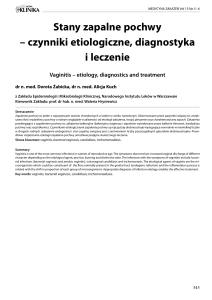
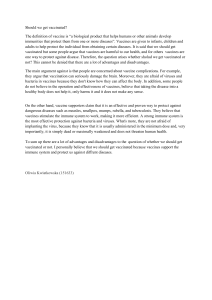
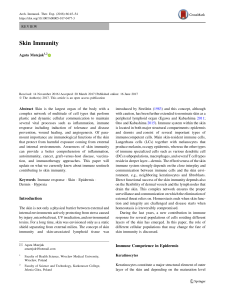
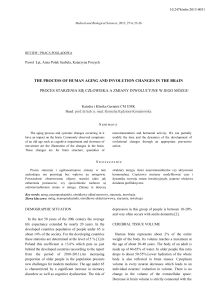

![Spis treści Sens fizyczny układu okresowego [edytuj]](http://s1.studylibpl.com/store/data/000998399_1-0ddf270d3fdb6a1fbe89a64dc852dc28-300x300.png)